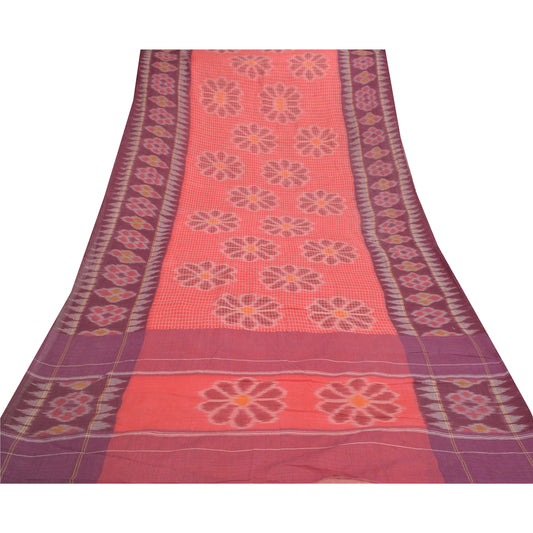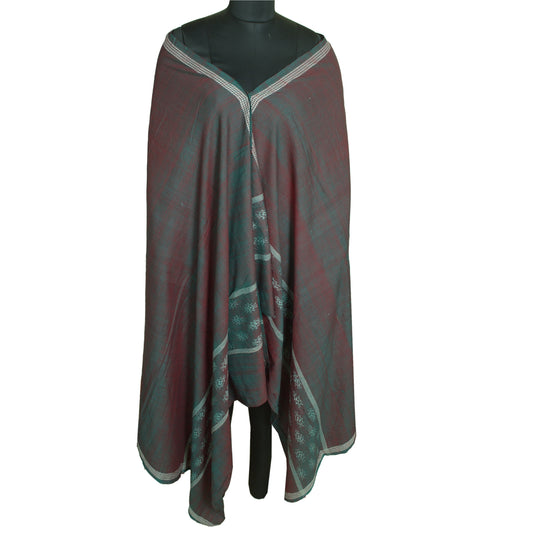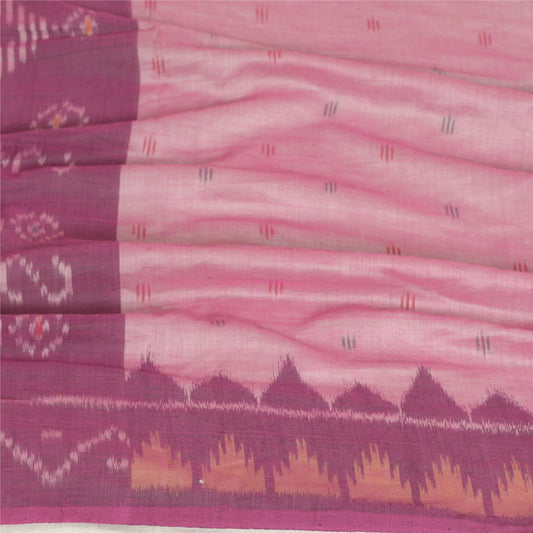🌾 Sambalpuri Saree: Odisha’s Woven Legacy of Art and Identity
Share
When it comes to India’s vast textile heritage, Sambalpuri sarees from Odisha stand tall as masterpieces of precision, symbolism, and soul. These handwoven sarees are not just garments—they are visual poetry crafted on looms, bearing stories of tradition, craftsmanship, and resistance to mass production.
Let’s take a journey into the world of Sambalpuri sarees: their origin, what makes them special, and how you can bring one into your own wardrobe.
🧶 A Glimpse into History
The Sambalpuri saree originates from the western Odisha regions of Sambalpur, Bargarh, Sonepur, and Boudh. While this weaving tradition dates back centuries, it gained widespread recognition in the 1980s when political leaders began wearing them in public, putting these unique textiles in the national spotlight.
What sets Sambalpuri sarees apart is their use of the “Bandha” technique—a form of Ikat weaving where threads are tie-dyed before weaving, allowing motifs to appear perfectly aligned on both sides of the fabric.
🌿 What Makes Sambalpuri Sarees Unique?
🔸 Double-Sided Design
The motifs on Sambalpuri sarees are not printed or embroidered—they’re woven into the fabric using tie-dye techniques. The result? The design is exactly the same on both the front and back—a mark of authentic craftsmanship.
🔸 Iconic Motifs
From shankha (conch) and chakra (wheel) to lotuses, elephants, and tribal patterns, the designs are deeply rooted in Odia culture, mythology, and rural life.
🔸 Rich, Earthy Colors
Natural dyes and deep, saturated tones like rust, maroon, black, and indigo are common. These colors reflect Odisha’s earthy palette and spiritual traditions.
🔸 Cotton & Silk Weaves
Sambalpuri sarees come in both cotton (perfect for daily wear and hot climates) and silk (ideal for weddings and festivals). The silk versions are especially prized during Durga Puja, weddings, and state celebrations.
👗 Sambalpuri Beyond Sarees
Today, the bandha ikat fabric is used not just in sarees but also in dupattas, stoles, jackets, blouses, and upcycled bohemian wear. The motifs and patterns adapt beautifully into modern fashion, making Sambalpuri textiles a favorite among designers, costume creators, and sustainable fashion enthusiasts.
🛍️ How to Identify an Authentic Sambalpuri Saree
-
Check the reverse side—motifs should be identical on both sides.
-
Ask about the origin—genuine sarees come from Odisha weaving communities.
-
Look for the GI tag—Sambalpuri sarees have a Geographical Indication tag, ensuring authenticity.
-
Beware of prints or machine-made lookalikes—real ones have slight irregularities that add to their charm.
💬 How to Style Sambalpuri Sarees
-
Pair with silver oxidized jewelry for a rooted ethnic look.
-
Team a Sambalpuri dupatta with a plain kurta or dress for instant impact.
-
Upcycle old sarees into jackets, skirts, or kimonos for a global boho vibe.
🧵 Support the Weavers, Preserve the Legacy
When you buy a handwoven Sambalpuri saree or dupatta, you're not just purchasing fabric—you're supporting generational artistry, preserving regional identity, and choosing sustainability over mass production.
At Sanskriti India, we curate vintage and pre-loved Sambalpuri fabrics, perfect for wear, upcycling, and creative projects. Each piece is unique—truly one of a kind.
✨ Explore Our Sambalpuri Collection: Echoes of Sambalpur »
Handpicked dupattas and sarees. Sustainably sourced. Authentically woven.
Because heritage should be worn, not forgotten.



















